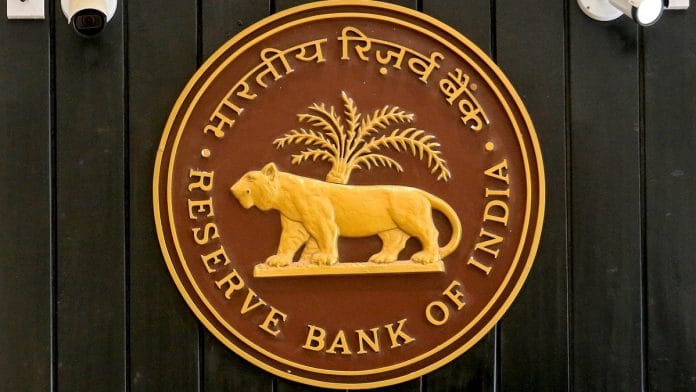Mumbai: Foreign investors are selling Indian bonds at one of the fastest paces in Asia, making a decision to cut interest rates that much more complicated for the central bank.
Reserve Bank of India Governor Shaktikanta Das refrained from easing on Monday, when central banks from New Zealand to South Korea had implemented emergency rate cuts to tackle the fallout from the coronavirus outbreak.
One reason for the RBI’s reluctance may be worries that deeper rate cuts could worsen outflows and weaken the rupee, according to investors such as Lakshmi Iyer at Kotak Mahindra Asset Management Co. in Mumbai.
“The RBI may not bite into an immediate rate cut because of possibly the impact it may have on the rupee,” said Iyer, chief investment officer for fixed income. “That’s the reason there are measures over and above the rate cut.”
The currency sank to a record last week after a global rout that saw foreign investors sell $1.6 billion of Indian debt in March, the highest amount after Indonesia. After five rate cuts in 2019, the RBI has been on hold this year, limiting carry losses on the rupee to 2.7% versus 5.5% for Indonesia, which reduced borrowing costs in February.
Das hasn’t ruled out a move at the RBI’s next scheduled rate decision in April. He didn’t answer a question at Monday’s press conference on whether the central bank was concerned about subsequent outflows from a rate cut — saying any answer would be a “giveaway.”
The central bank has in the past relied on tighter monetary policy to ward off speculative runs on the rupee. In 2013, when the currency sank by about 18% in four months, the RBI unexpectedly raised interest rates. It followed the same playbook in October 2018.
While inflation remains above the RBI’s 2%-6% target range, it’s set to decelerate as oil prices plummet, giving policy makers more scope to ease. At the same time, the growth outlook is worsening as the coronavirus outbreak disrupts global supply chains and travel.
The central bank has in recent months used liquidity tools instead of rate cuts to bring down borrowing costs in the economy. It adopted a mix of the Federal Reserve-style ‘Operation Twist’ and the long-term repurchase operations that boost cash in the banking system.
Bond yields have declined by more than 40 basis points since mid-December, a trend that may reverse if a rate-cut forces investors to sell bonds.
Das on Monday announced another 1 trillion rupees of LTROs and a second swap auction to inject dollars after the first auction received bids for more than double the $2 billion on offer.
“More LTROs will help lower the bond yields, and would be more productive than rate cuts,” said Sajal Gupta, head of foreign exchange at Edelweiss Securities Ltd. in Mumbai. “It’s hugely critical to stabilize the rupee as a volatile rupee can lead to an exodus of funds.”-Bloomberg
Also read: RBI announces more liquidity measures, hints at rate cut in policy meet on 3 April






